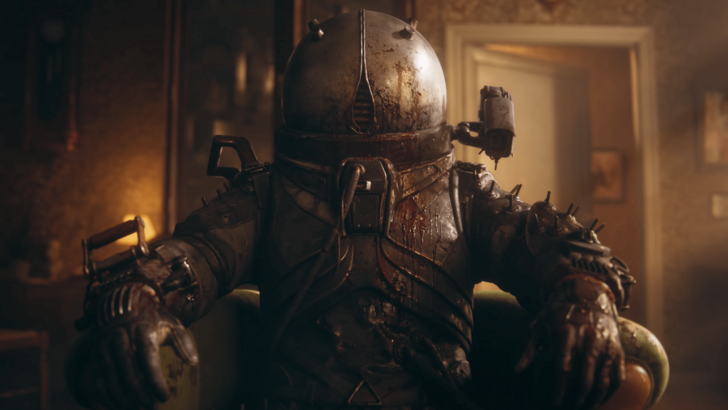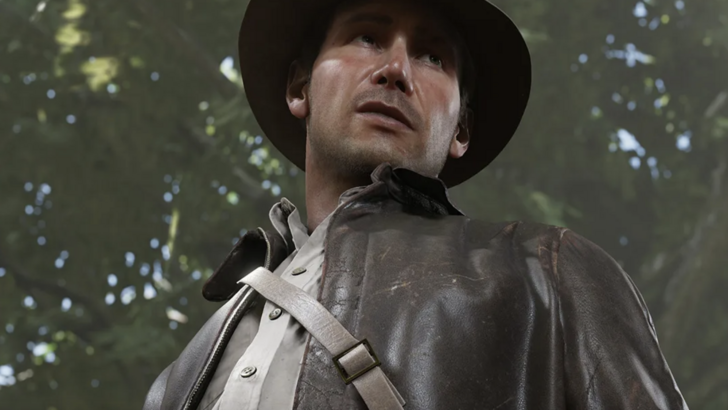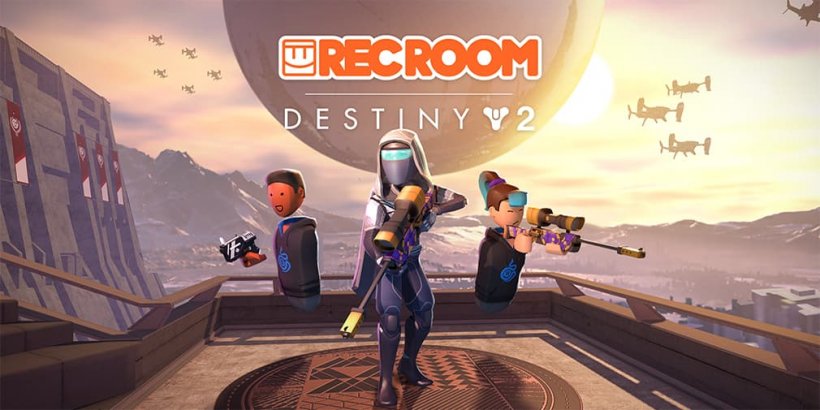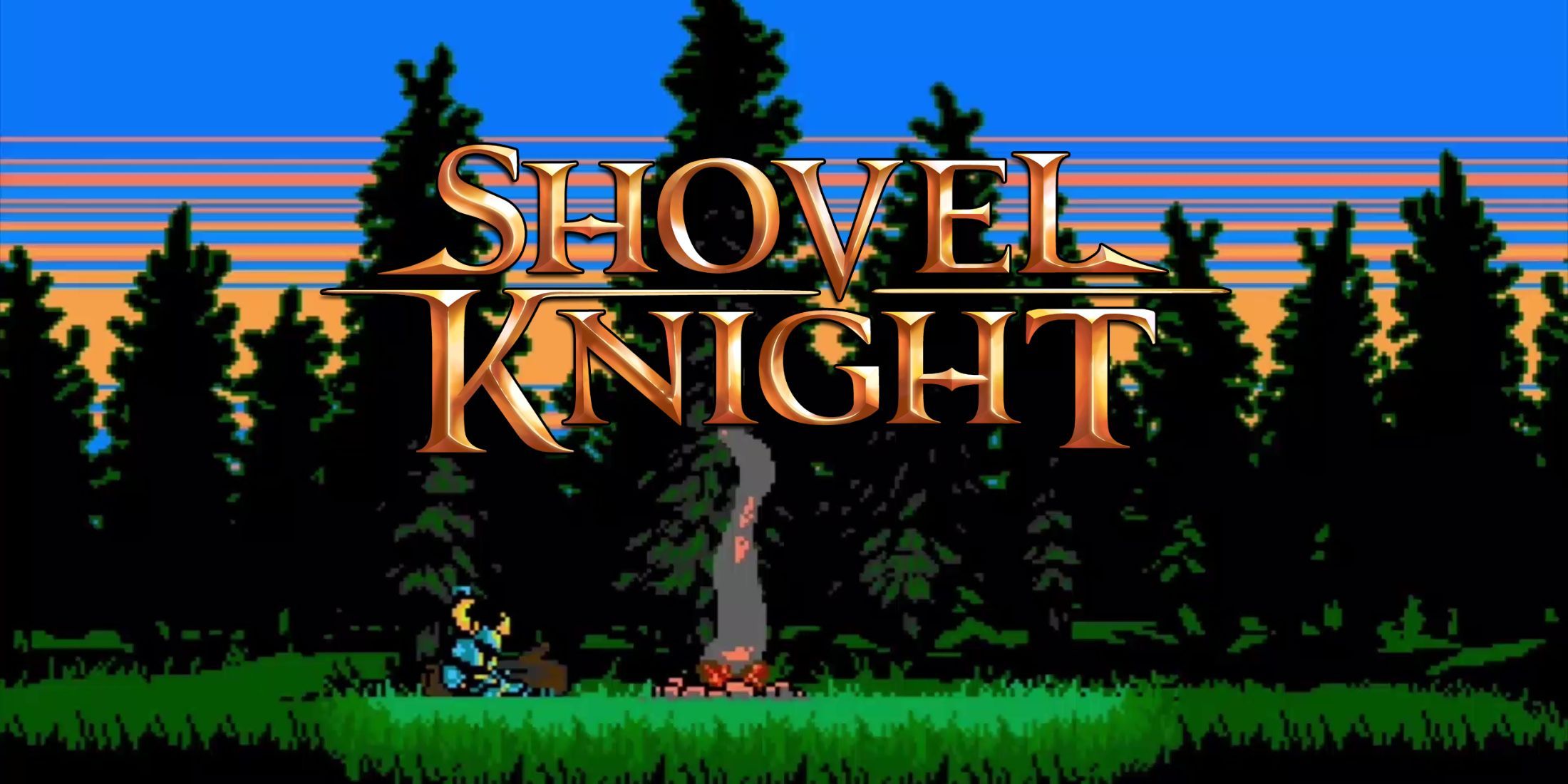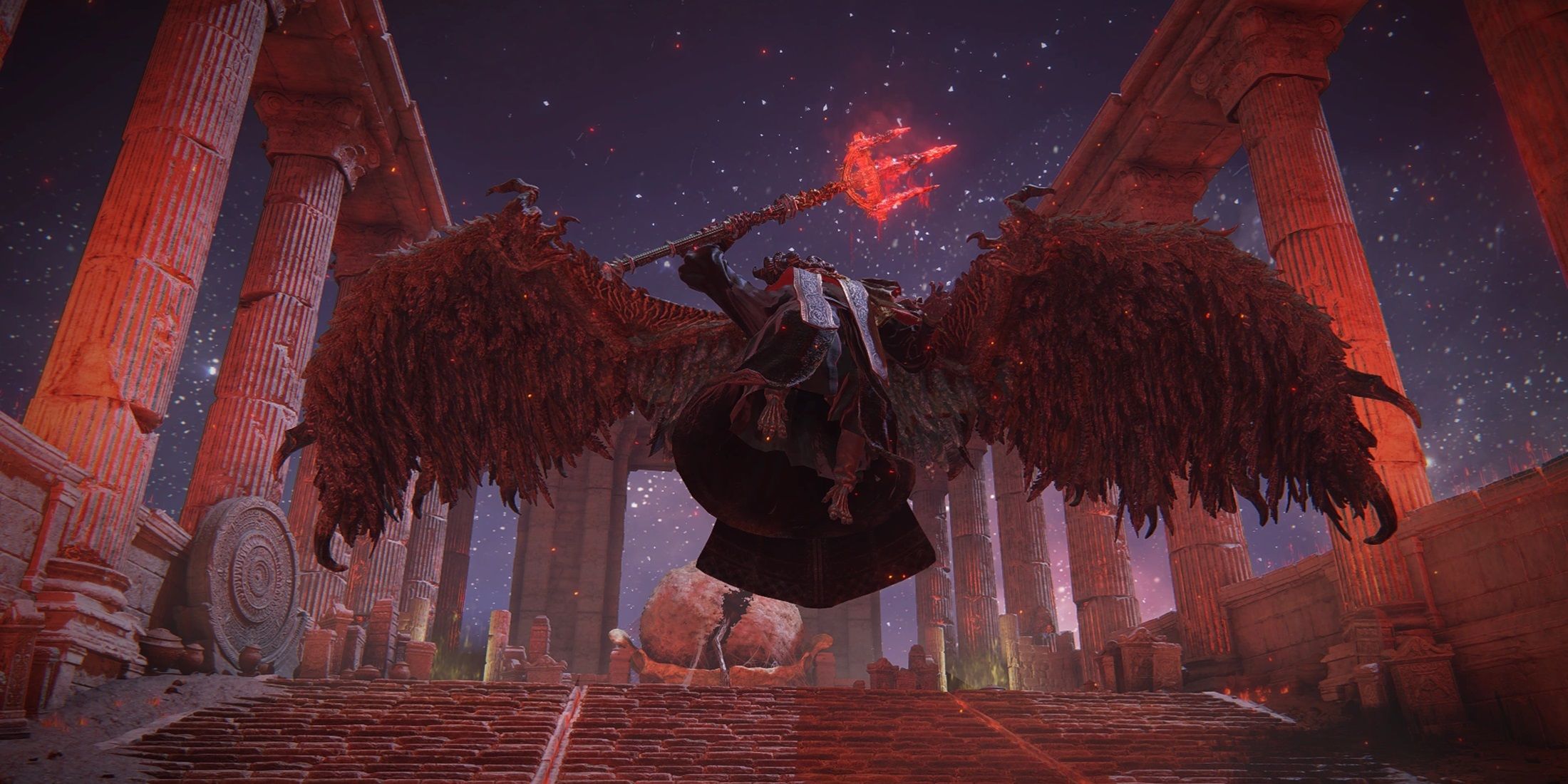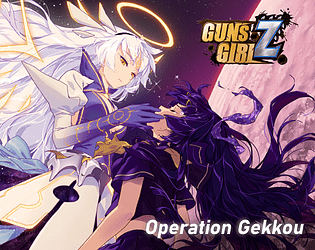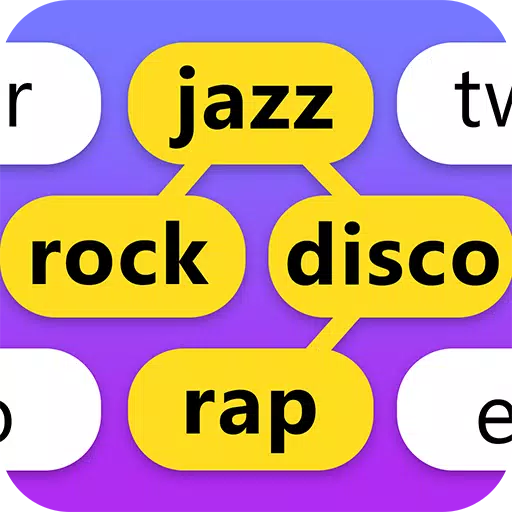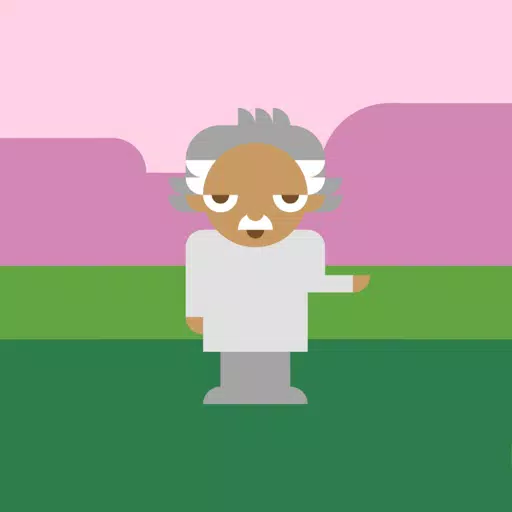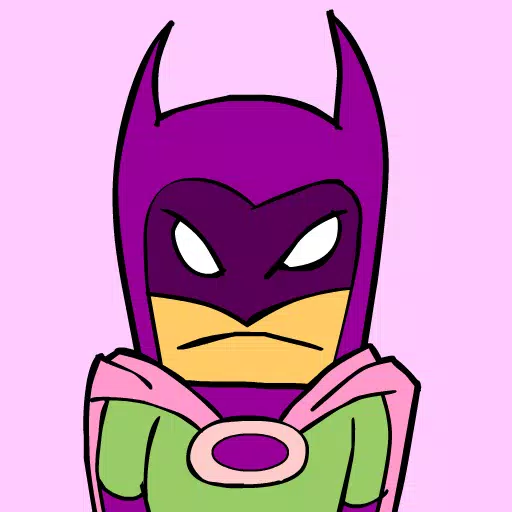Amazon Prime's animated adaptation of Robert Kirkman's Invincible has revitalized interest in the comic book series. Its blend of intense action, multifaceted characters, and morally gray storytelling quickly garnered a devoted fanbase. However, translating such a complex narrative to the screen necessitated changes, some subtle, others more pronounced.
This analysis explores the key differences between the animated series and the comics, dissects the reasons behind Season 3's perceived shortcomings, and examines how these adaptations affect the overall narrative.
Table of Contents
- From Page to Screen: Key Differences
- Mark Grayson's Evolution: Accelerated vs. Gradual Growth
- Supporting Characters: Altered Screen Time
- Antagonists: Streamlined Motivations
- Action Sequences: Enhanced Visuals and Choreography
- Thematic Focus: Morality and Legacy
- Season 3 Critique: A Diminished Spark
- Repetitive Narratives: Familiar Ground Retreaded
- Cecil's Subplot: An Unrealized Opportunity
- Reduced Action Impact: Lost Intensity
- Slow Start: Delayed Momentum
- Adaptation and Innovation: A Delicate Balance
- Reasons to Continue Watching (Spoiler Alert!)
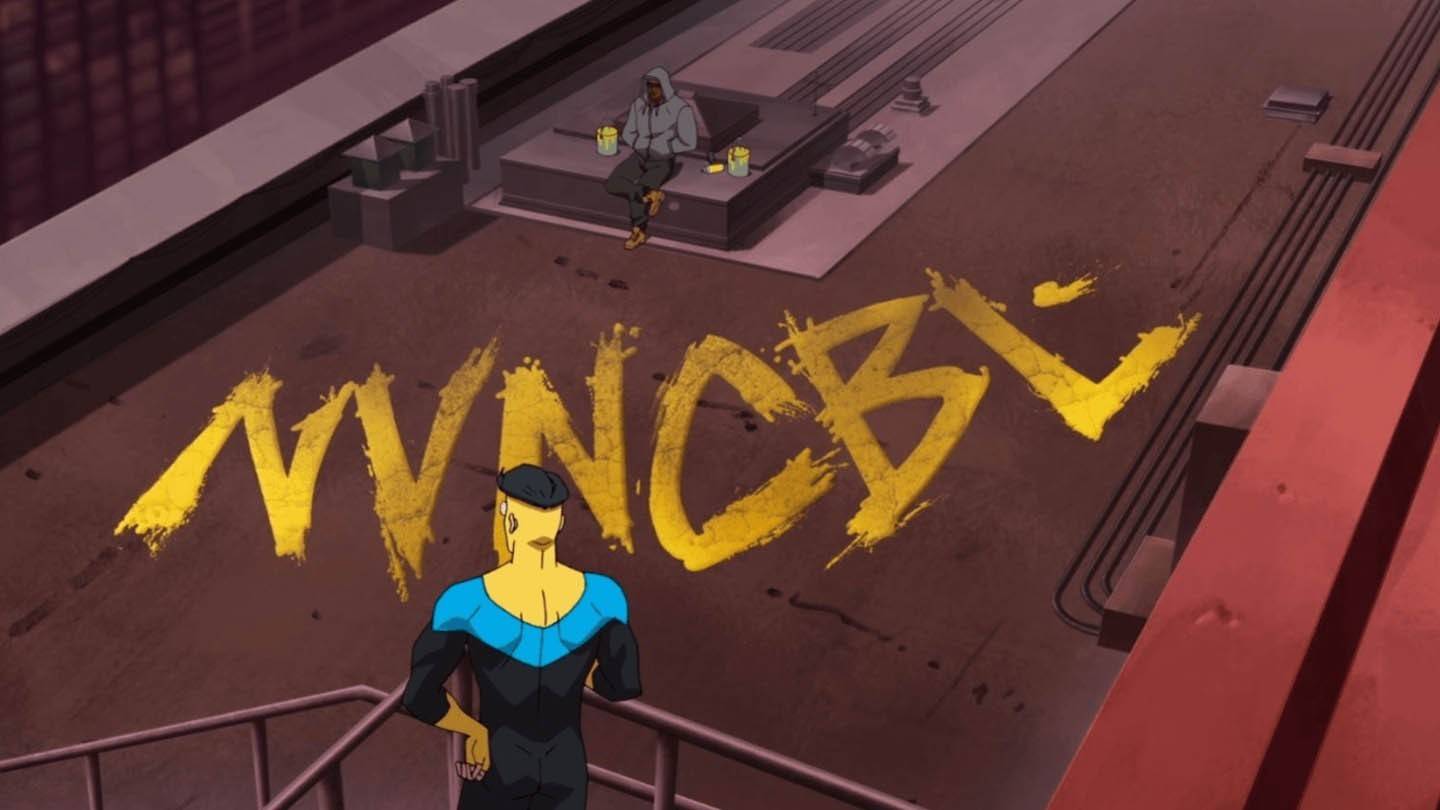 Image: amazon.com
Image: amazon.com
Mark Grayson's Evolution: Accelerated vs. Gradual Growth
A major divergence lies in Mark Grayson's portrayal. The comics depict a gradual superhero transformation, showcasing his growth from power discovery to grappling with the ethical dilemmas of heroism. This slow burn allows for in-depth character exploration. The series significantly compresses this journey, resulting in a faster, more intense arc. This enhances pacing but potentially sacrifices the nuanced depth of the comics, potentially leaving longtime fans feeling certain aspects were rushed.
Supporting Characters: Altered Screen Time
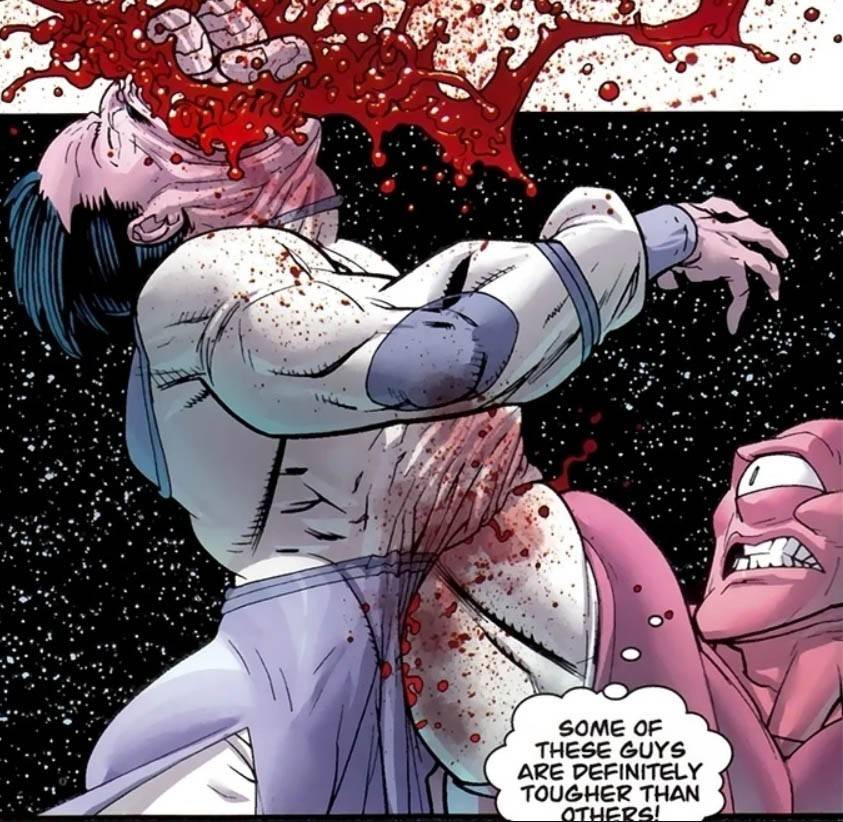 Image: amazon.com
Image: amazon.com
Supporting characters experience significant shifts. Allen the Alien gains prominence, providing humor and context to the universe. This adds levity, balancing the show's darker tone. Conversely, characters like Battle Beast receive less screen time, a change that might disappoint comic book fans. These adjustments reflect narrative streamlining and broader audience appeal.
Antagonists: Streamlined Motivations
 Image: amazon.com
Image: amazon.com
Villains like Conquest and the Shadow Council receive more nuanced treatment in the comics, with detailed motivations and backstories. The series simplifies these for pacing, prioritizing high-stakes confrontations. This improves accessibility but risks oversimplifying antagonist complexity. Omni-Man's betrayal, for example, feels more immediate in the series than the gradual descent depicted in the comics, altering the emotional impact.
Action Sequences: Enhanced Visuals and Choreography
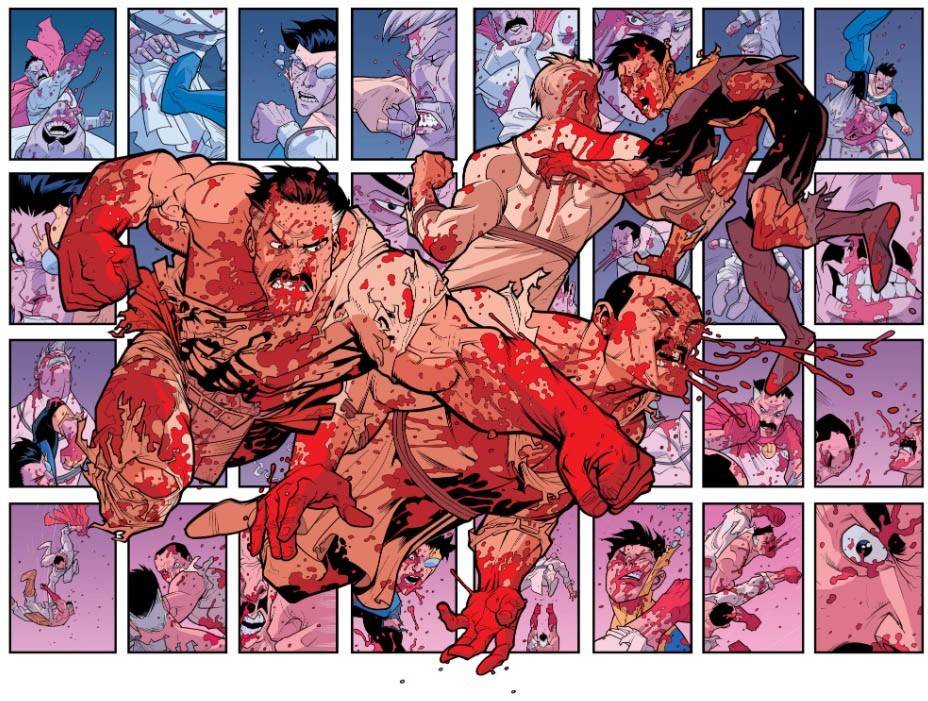 Image: amazon.com
Image: amazon.com
The series excels in its action sequences, utilizing animation's capabilities for dynamic choreography and effects. Battles are visually intensified, creating a scale and intensity rivaling live-action films. However, these enhancements sometimes deviate from the comics, though generally enhancing the spectacle rather than detracting from it.
Thematic Focus: Morality and Legacy
 Image: amazon.com
Image: amazon.com
Thematic exploration differs. The series emphasizes morality, power, and legacy, reflecting episodic storytelling's demands. Mark's struggle with his father's actions is highlighted. However, other themes, such as the philosophical implications of superhuman existence, are somewhat downplayed for narrative focus and accessibility.
Season 3 Critique: A Diminished Spark
Despite the acclaim of the first two seasons, Season 3 left many fans underwhelmed.
Repetitive Narratives: Familiar Ground Retreaded
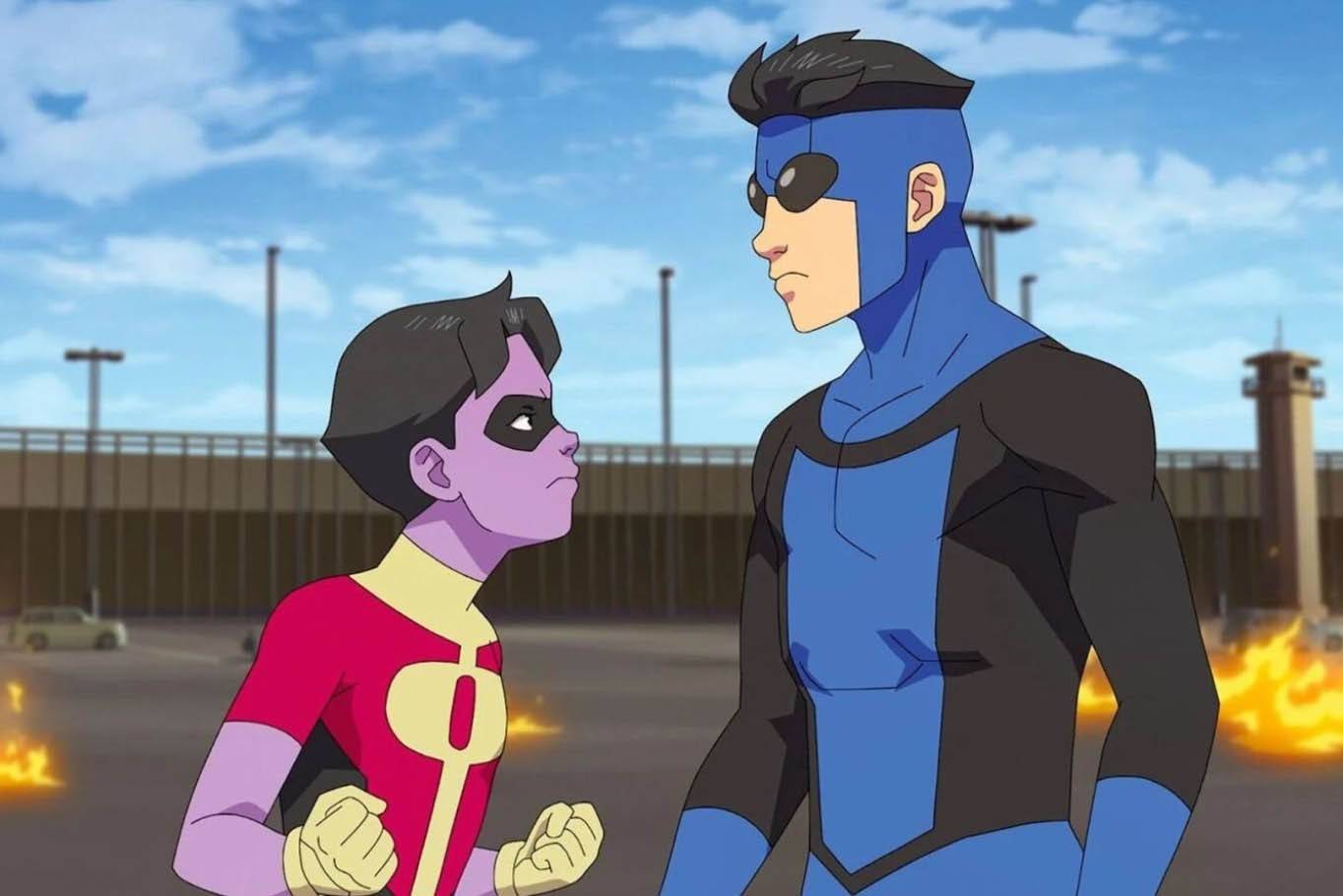 Image: amazon.com
Image: amazon.com
Season 3's reliance on familiar tropes is a common criticism. Previous seasons surprised viewers; Season 3 revisits these themes without sufficient innovation. Mark's internal conflict regarding his father's legacy, for instance, feels repetitive.
Cecil's Subplot: An Unrealized Opportunity
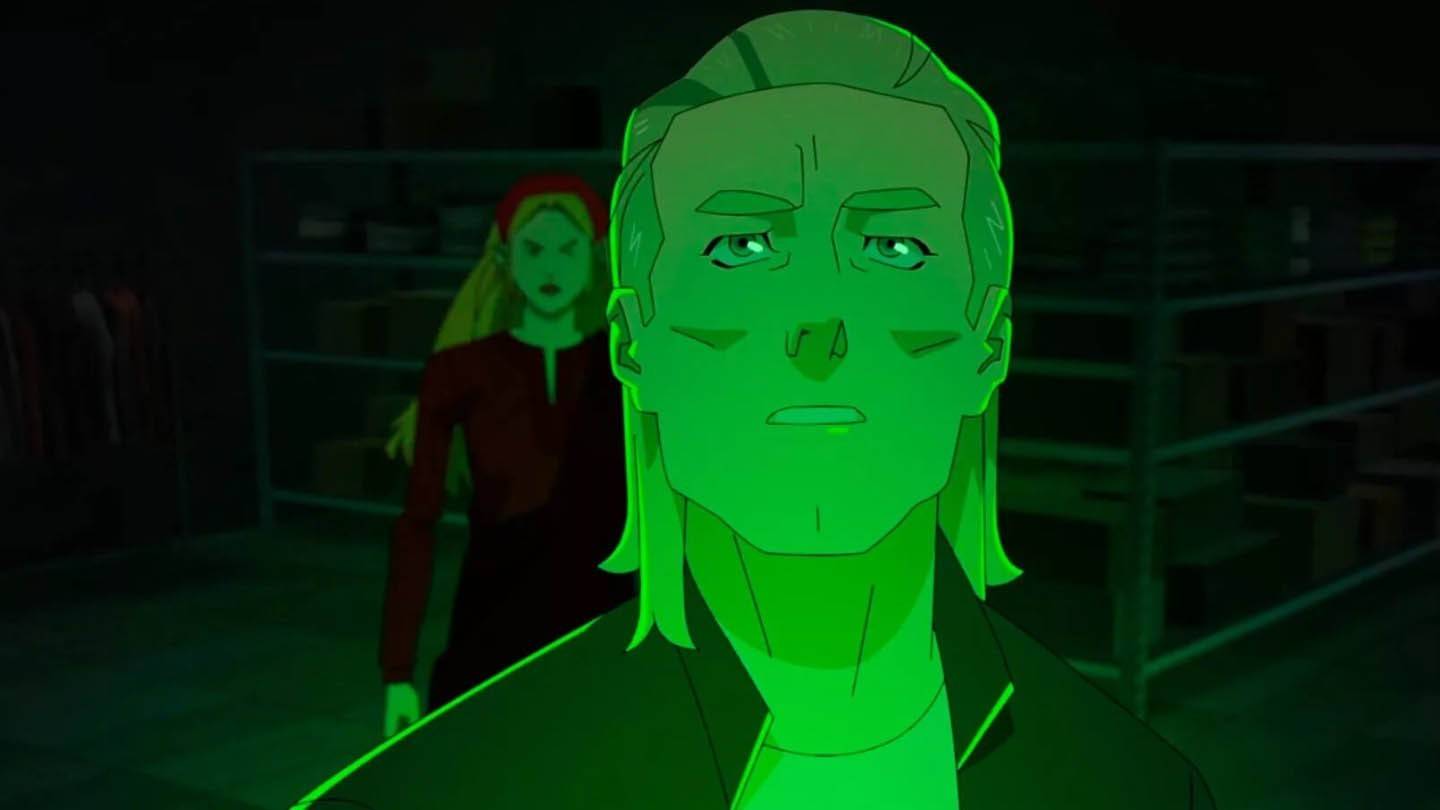 Image: amazon.com
Image: amazon.com
Cecil's subplot, involving criminal rehabilitation, is interesting but falls short due to its overly idealistic portrayal. This creates a disconnect, undermining the emotional impact.
Reduced Action Impact: Lost Intensity
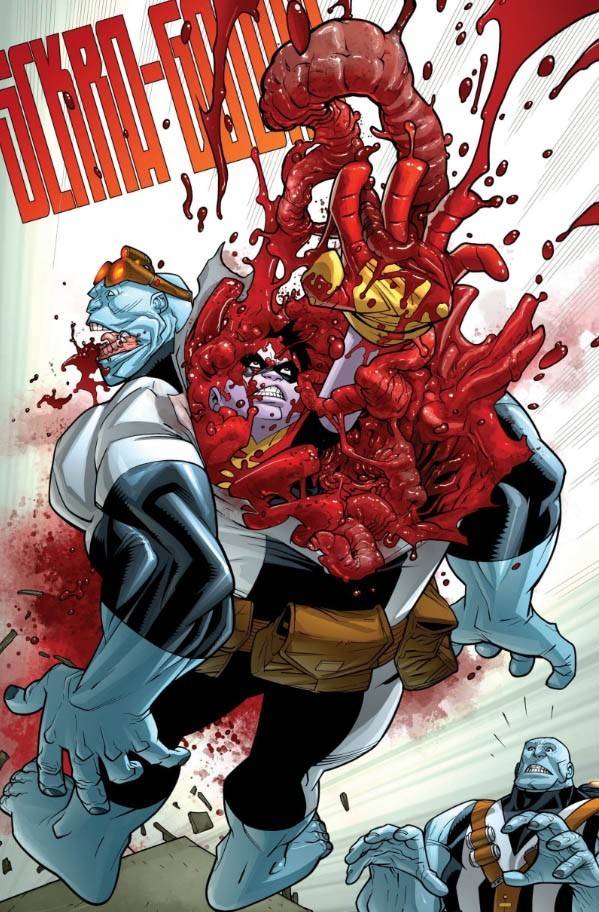 Image: amazon.com
Image: amazon.com
Even the action sequences lack the same impact. While visually impressive, they lack the emotional resonance of previous seasons, feeling repetitive and lacking genuine stakes.
Slow Start: Delayed Momentum
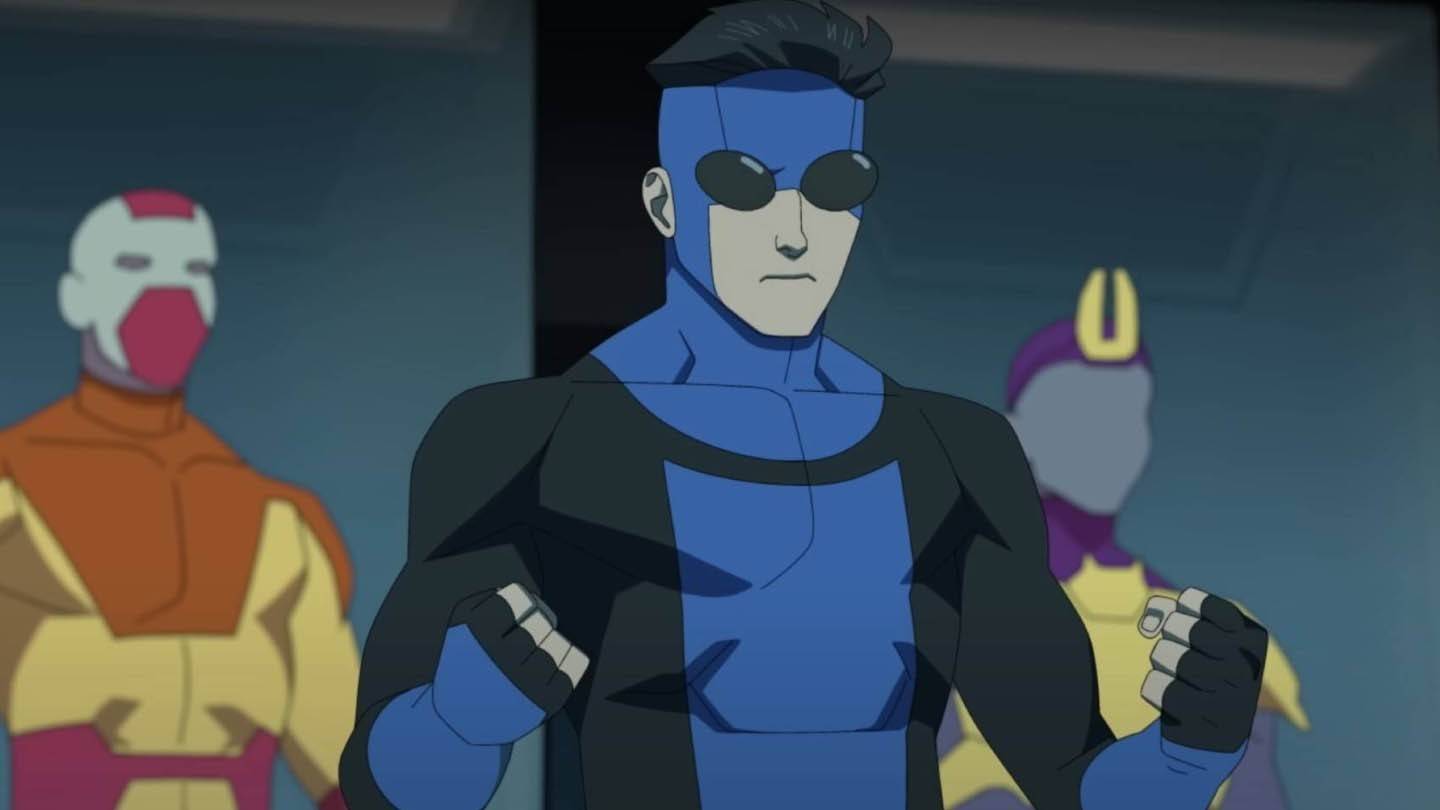 Image: amazon.com
Image: amazon.com
Season 3's slow start, featuring generic villains and threats, is another issue. The delayed momentum diminishes the initial excitement.
Adaptation and Innovation: A Delicate Balance
Invincible successfully captures the spirit of the comics while adapting for television. However, Season 3 shows the challenges of maintaining this balance. Over-reliance on familiar tropes or prioritizing spectacle over depth risks losing the original material's essence.
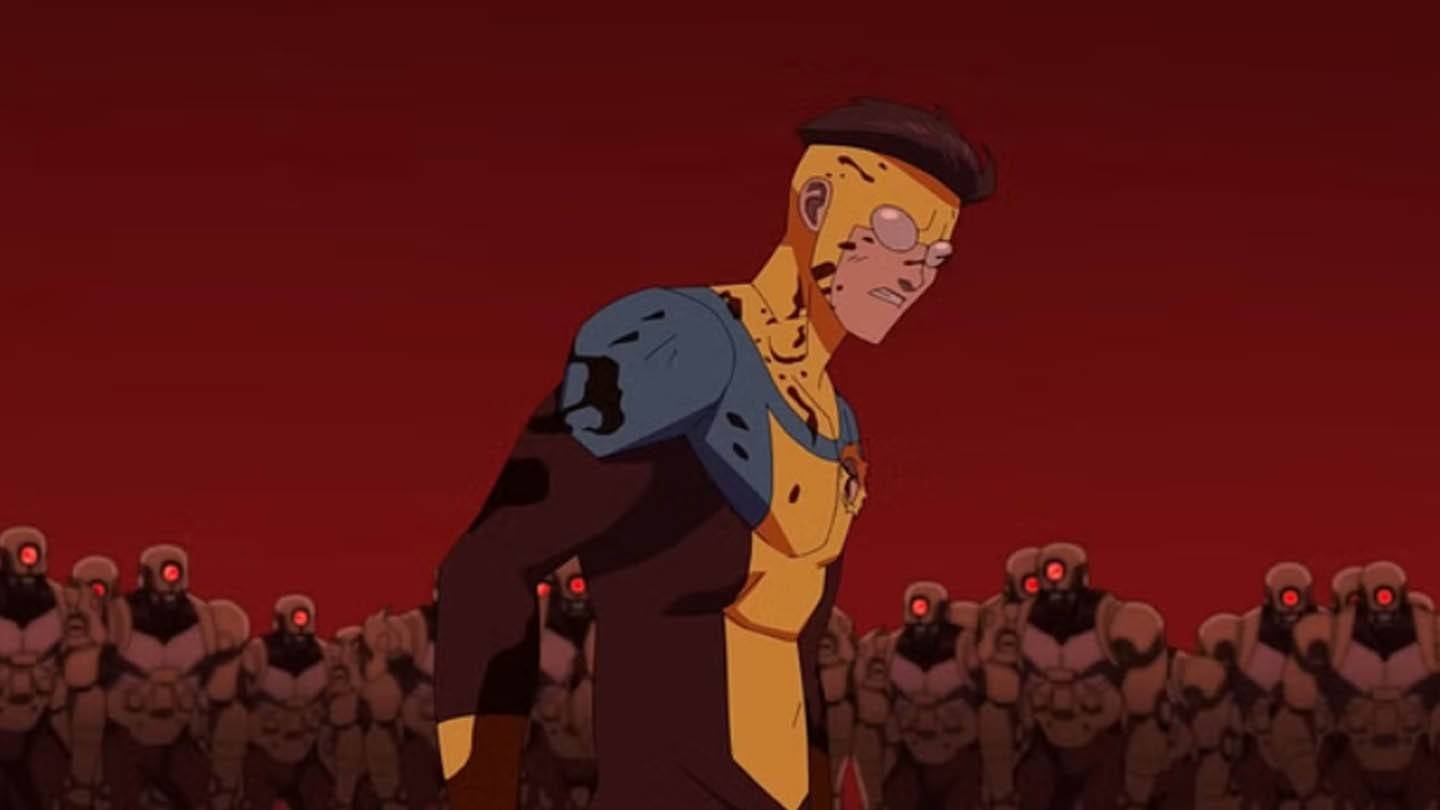 Image: amazon.com
Image: amazon.com
Reasons to Continue Watching (Spoiler Alert!)
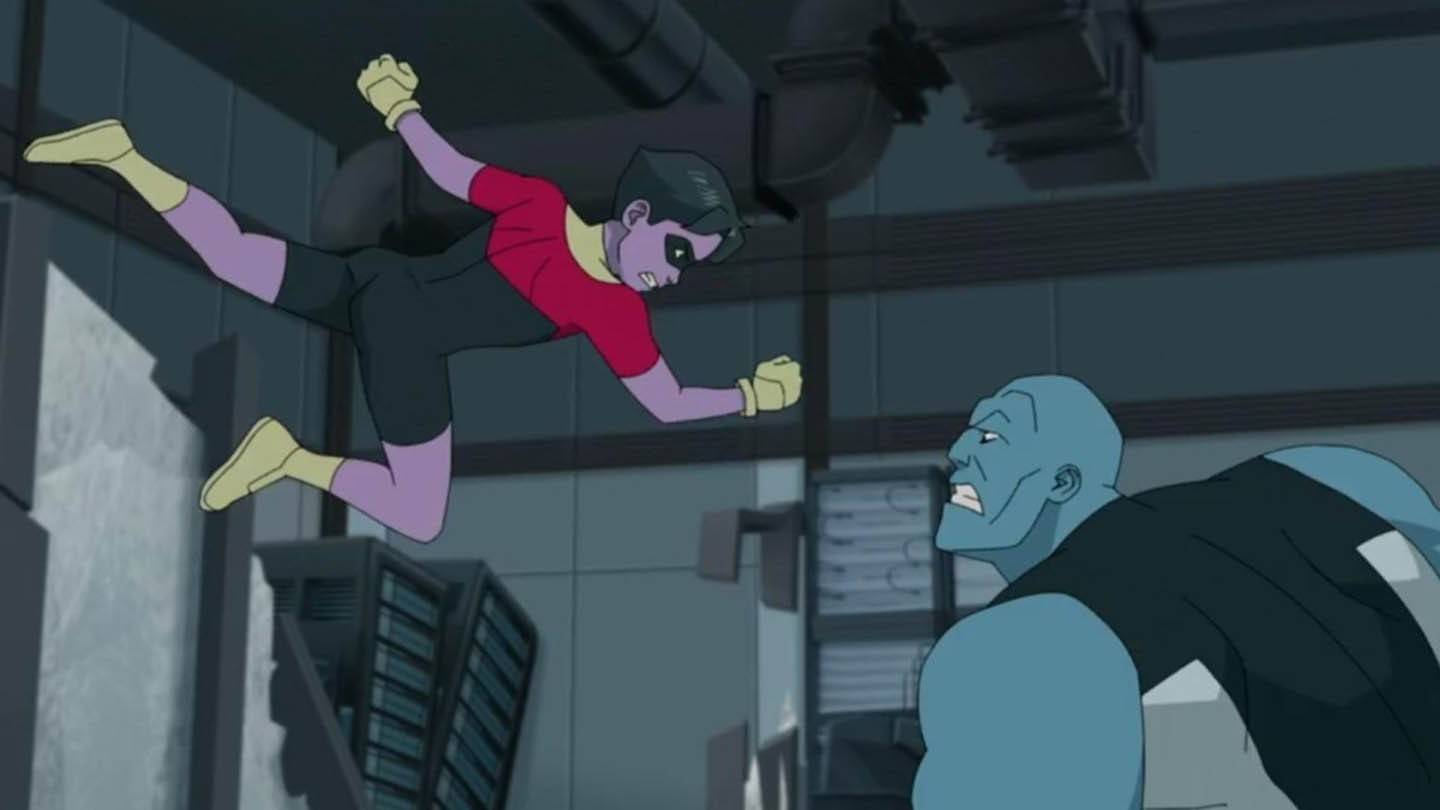 Image: amazon.com
Image: amazon.com
Despite its flaws, Invincible remains engaging and visually stunning. Its violent action, compelling characters, and thought-provoking themes continue to attract viewers. However, don't expect the same level of excitement as the first two seasons. The series' future remains uncertain, particularly given the limitations of adapting a completed source material.

 Latest Downloads
Latest Downloads
 Downlaod
Downlaod




 Top News
Top News